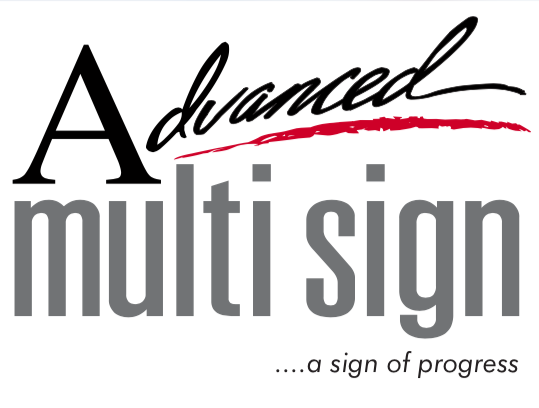Signs have been designated for the same purpose for centuries now. They were made to provide vital information about the name, services, and location of a place or commercial establishment. They are a cornerstone of advertising and will continue to play an integral part of all human cultures for years to come. As long as humans need to offer a product or service, signs will continue to be what they are today: a fundamental part of human civilization. Signs have also played a massive role in advertisement’s history, being considered the first real channel of advertising. The history of signs is vast, so we will only begin to cover the peak of the iceberg.
Flags and carved advertisement. Although we can begin counting the history of signs from the earliest paintings found in cave walls in modern day France, we will begin our figurative journey in the middle ages. Flags and banners were popularly used as signs for inns, restaurants and pubs. The commercial establishments that could afford them often placed signs made out of carved wood and stone. They have been used since immemorial times to mark or designate specific locations and are still popular today in different industries.
Stone and terracotta. Romans, Greeks and Egyptians are other great civilizations to implement the usage of signs to designate specific locations. They used stone and terracotta carvings and figurines as signs to designate specific locations and attract certain markets to their locations.
Pictograms. Pictograms are defined as images that are commonly used to transmit a message through a sign. They have been used by humans since the earliest civilizations. For instance, crosses were placed outside of establishment that catered to christians, whereas the sun and the moon were placed to indicate pagan interests. Pictograms have been standardized since then and are ruled by a regulatory entity. In standard signage (the usage of signs to communicate messages) pictograms follow a specific set of colors, shapes and sizes, however plenty pictograms can be interpreted without following the standards. Pictograms must always depict a message no matter what language the receptor speaks. Therefore, pictograms use a set of obvious, straight to the point images that transmit a message to receptors without any room for confusion.
Shapes. Different shapes help your signs deliver different messages. They can be based on brands or designs, or can even be part of a standardized set of sign shapes. Note that the usage of shapes depends on the culture and geographical location they are found at.
Want more information on signs and their advantages? Give us a call today at 305-805-3636 and one of our specialists will be more than happy to assist you today!

